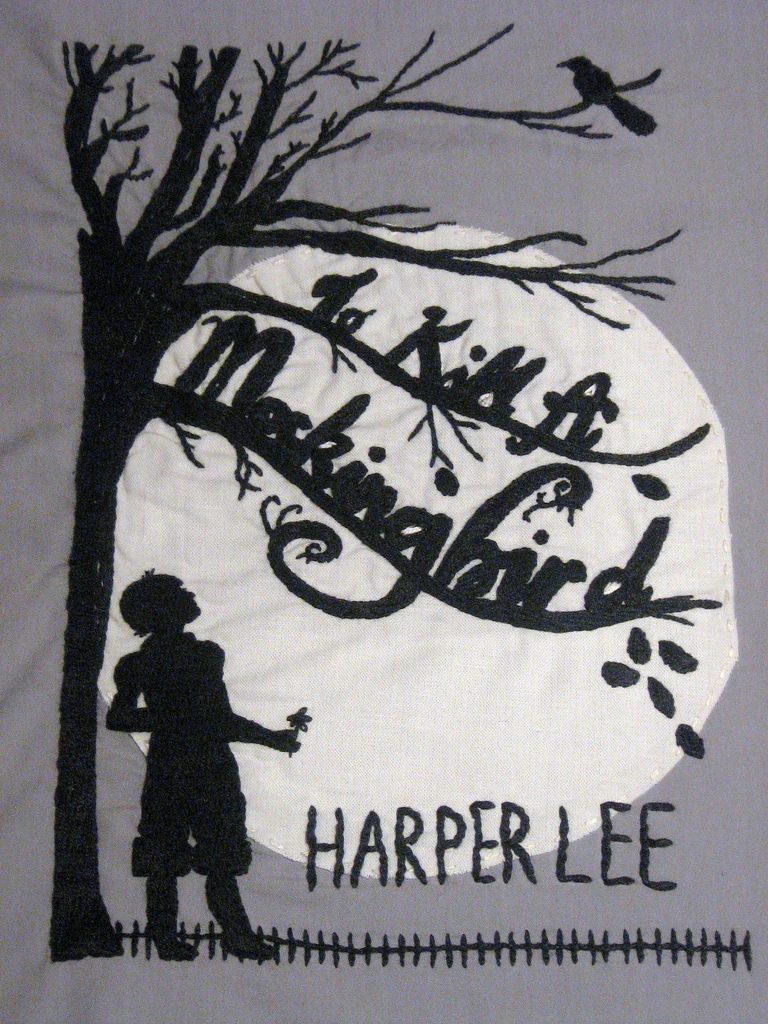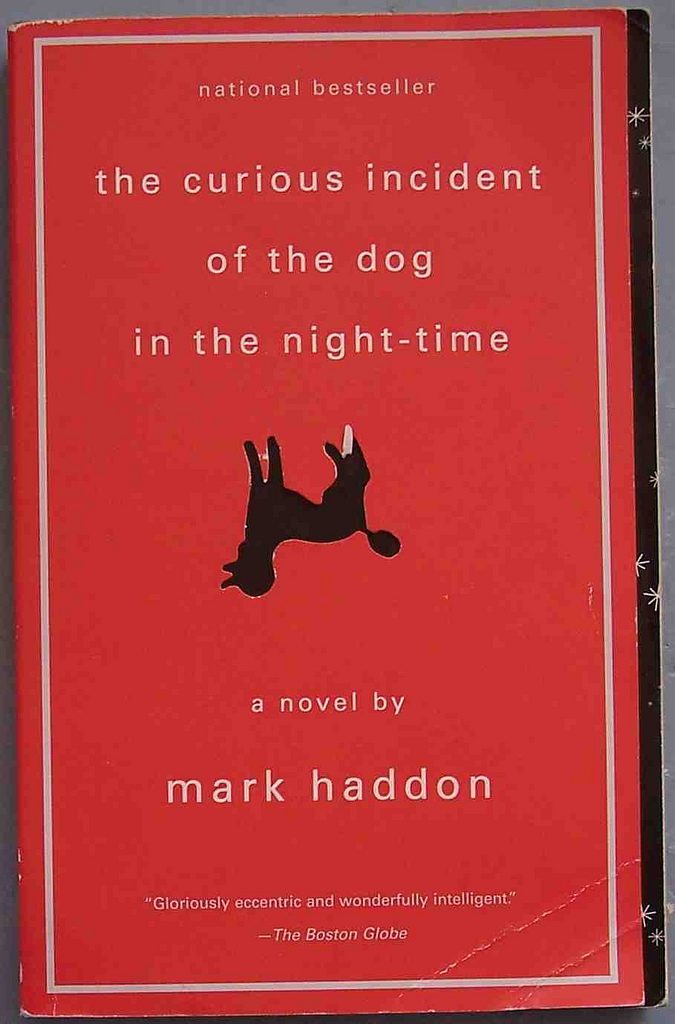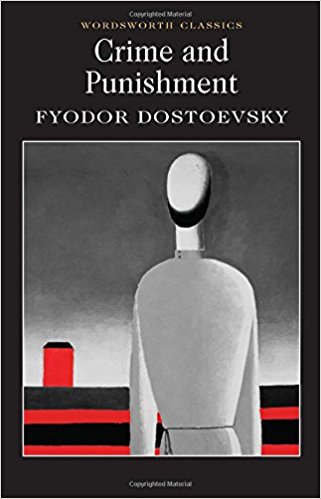The Books that Stayed with Me: Part Two
by Swara Shukla · Published · Updated
Like every reader, (aspiring) writer, (erratic) blogger, and Literature and Creative Writing graduate often tells you – books have been an indispensable part in shaping my worldview, my understanding of emotional and experiential nuances (don’t I live up to the stereotype!)
Ranting about books that have given and still give me literary hangovers seemed like a pretty ideal way for me to wriggle back into my blogging space here, and Book Week Scotland proved an effective propellant to (finally) get (back) to writing it! Here’s my list:
The Kite Runner by Khaled Hosseini

From personal statements to classroom-discussions, this one has been a constant since 2009 – which is when I picked up this book for my school-vacation read solely because it looked small and innocuous, and I had no more Harry Potter to read. What I got was an eye-opening glimpse into a world I had grown up shielded from, and the socially and emotionally transformative power of storytelling. This book will always stand as a milestone in my life for my knee-jerk response of wanting to become a writer and being taken up by the potential social impact of stories.
City of Joy by Dominique Lapierre

This one follows up from The Kite Runner as my next read in the line-up of socially engaging stories. It was all the more impactful for being closer to home in its socio-cultural context – depicting poverty, segregation, violence, illness, death, and loss in an Indian slum named Anandnagar by its inhabitants (which translates to “City of Joy”), located in Howrah, the twin-city of Calcutta (presently, Kolkata). When I think of this book, I associate it instantly with the memory of bawling my eyes out whilst sitting in my school-library and not being able to focus on my subsequent classes. What inspires me most strongly about the impact of the book is the author’s decision to give half the royalties to his City of Joy Foundation, the funds from which have made a real difference in the slum and the lives of its people today.
When I Hit You: Or, A Portrait of the Writer as a Young Wife by Meena Kandasamy

A scathing and harrowing commentary on marital rape and wed-lock violence in India, this one is my most recent addition. Kandasamy’s writing is incredibly intellectual – mixing academic undertones and powerful poetic imagery to frame a veritable meta-narrative framing the narrator’s (and the author’s) process of writing as a form of resistance. Aside from being emotive in the themes the book deals with, it is laden with literary ingenuity, in my opinion. Kandasamy and her unnamed narrator defies the binary of silence and speech by highlighting the interplay between them; one of my favourite bits being the narrator typing out her feelings in letters addressed to herself and deleting them before her husband comes home, and how Kandasamy weaves them into the story to depict how gradual and subtly subversive the act of resistance is. Kandasamy speaks to both my literary sensibilities and my passion for social stories, and honestly, I love this woman.
To Kill a Mockingbird by Harper Lee

This one I picked up just to see what the hype was all about. Everyone in the English Department in my university back in India, where I was pursuing my Bachelors in English Literature, had this in their Facebook lists of “10 books that have stayed with me”, and I started seeing it as a necessary ticket into the literary crowd that I was struggling to feel a part of back then. Having no prior idea about the book, I opened it expecting to find an esoteric narrative; and to my surprise, I ended up loving it for exactly the same reasons (as I found out later) that everyone else loved it for. I think it’s almost fact now that the literary and narrative devices Lee employs in the novel – child’s voice, humour – are all the more powerful in how they allow the author to break down the overarching theme of racial prejudice into simple yet poignant satire.
The Curious Incident of the Dog in the Night-time by Mark Haddon

The story behind this is similar to the one above, just in a Scottish context. When I joined the Creative Writing postgraduate course in University of Glasgow, we were all asked in the induction what themes we wanted to explore in our writing. I was quite passionate about writing on intellectual differences and autism – having worked with students on the autism spectrum and with Down Syndrome for nearly four years back in India. It was also the one theme I had absolutely no idea how to write about in fiction. Almost everyone in my class, recommended this book to me – it seemed to be a near-cult-classic amongst the crowd here, and I remember pretending to know about it to avoid appearing stupid. However, Haddon has never specified what condition his narrator has, neither is it ever mentioned in the story, which, for me, makes it even more powerful as an allegory on differences, on being forced towards the fringes; themes that are woven into my experiences with intellectually challenged individuals in India. This book did the trick; I was inspired enough to write a short story titled “Try”, narrated in the voice of a girl on the spectrum (although I borrow a leaf from Haddon’s book and never specify it, so the story and character are largely interpretive) which was published earlier this year.
Being a proud Creative Writing graduate and aspiring writer, I also like to uphold the stereotype (trust me I don’t have to try too hard!) of never being able to stick to our word-limits. So, much like my fellow writer Anna, I also have an extra item on this list:
Crime and Punishment by Fyodor Dostoevsky

This one is quite different – thematically and structurally – from all the others on my list. Having read it as part of my Literature course in India, this struck me in how immersively psychological it was. Even at 720 pages, it didn’t feel like a drag (although it took us nearly 2 months to finish it in class), because I was so consumed in it. The writing is the very definition of sheer brilliance in my opinion, which is saying something as this is a translation from Russian. A fine example of fantastical realism, the story employs hallucinations, dreams, delusions to create a hauntingly atmospheric setting. My most persistent memories with the book are the veritable nightmares I used to get, and they echoed the setting and tone of the protagonist Raskolnikov’s psychological experiences; no book has ever had this effect on me before, which is why this had to make the list!












